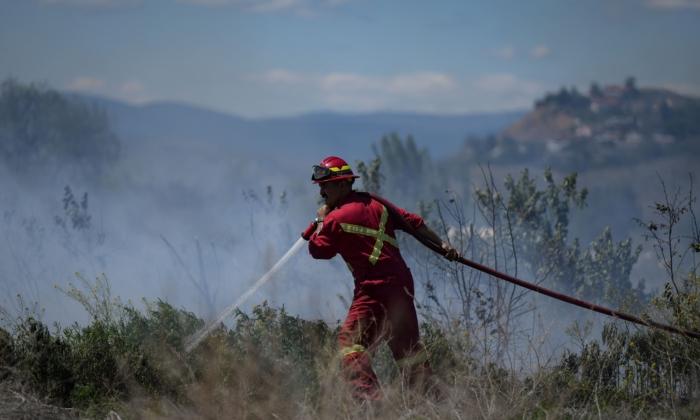While scorching temperatures are expected to reach their climax Tuesday in a prolonged heat wave in southern British Columbia, the BC Wildfire Service says the greatest wildfire risk won’t come until later this week.
Budd says it comes as the heat wave that began Sunday and swept across the southern half of the province is already challenging firefighting efforts on active blazes.
B.C.’s is in the midst of its worst wildfire season to date in terms of area burned, with more than 1,700 wildfires charring about 16,000 square kilometres so far this year.
Budd says the service is prepared for the Kamloops and Southeast fire centres to be the most affected by Thursday’s weather forecast, both for new starts and an increase in fire activity on existing wildfires.
Two communities in the province have already broken 40 C during the heat wave, making them the hottest Canadian locations so far this summer, while more than a dozen temperature records were broken from Vancouver Island to southeastern B.C. on Monday.
Bulletins from the weather office show much of the coastal region will return to seasonal temperatures by Wednesday, but central and southern regions of the province will endure the heat a day or two longer.







